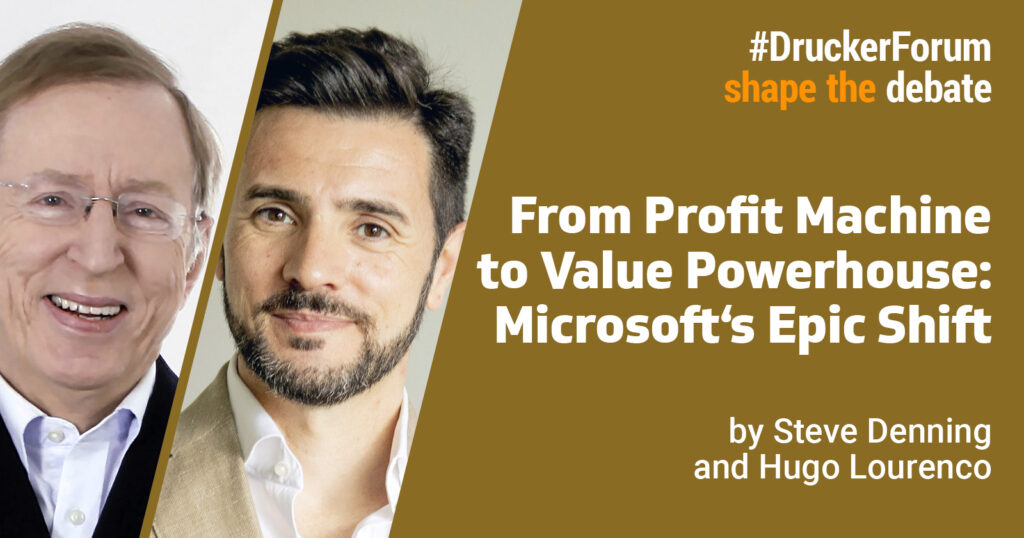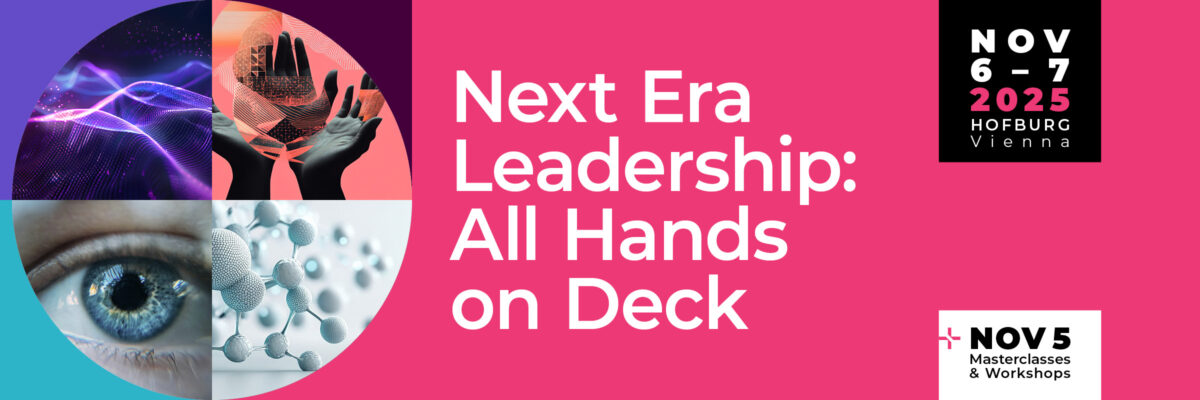
In the early 2000s, Microsoft under Steve Ballmer was a rigid, profit-driven behemoth, locked into a toxic culture of internal rivalries, departmental fiefdoms, and a single-minded fixation on squeezing every cent from Windows and Office. Creativity? Stifled. Expansion? Sluggish. The tech giant fumbled massive chances, standing by as competitors like Apple and Google dominated emerging markets.
Fast forward to now: Led by CEO Satya Nadella, Microsoft commands a $3.90 trillion valuation, with its five-year total return still outpacing the S&P 500 benchmark. Nadella’s customer-centric leadership often steals the spotlight. But truth be told, the roots of this value-focused reinvention stretch back well before his CEO tenure. Those who chalk it up to a top-down miracle overlook the hard-fought, grassroots evolution that set the stage.
2008: The Alarm Bell That Revealed Microsoft’s Decay
By 2008, cracks were widening. Satya Nadella, then overseeing search efforts, surveyed the landscape and realized Microsoft lagged far behind innovators like Google. In his memoir, Hit Refresh, he recounts probing their explosive growth, “how they kept their offerings dynamic and relevant.” The answer boiled down to one word: agility. Speed, flexibility, and responsiveness were essential to nail user experiences not just once, but constantly.
Nadella wasn’t isolated in this realization. Consider Aaron Bjork, a rising developer fresh off a product launch, only to learn a competitor had beaten them to it years earlier. Instead of pointing fingers, Bjork innovated. He recognized that sticking to the old ways spelled doom for Microsoft. Defying protocol, he and his group ditched the company’s cumbersome procedures and experimented with agile approaches: user-driven cycles, quick prototypes, and a sharp emphasis on delivering real worth over rigid timelines.
Bjork embraced the mess: “I thrive on diving in, fixing what users truly care about.” The secret sauce? Transforming attitudes. The initial phase was grueling—a chaotic blend of triumphs, failures, and pushback. Groups fumbled completing cycles on time. Own the fixes or scrap them. Testing and records? Team responsibility. It felt foreign, chaotic, even dangerous. “It flipped the script for everyone,” Bjork conceded. But after 12 months of persistence, it ingrained itself as second nature.
His mindset? Unflinching candor: Hear users out, craft solutions they crave (beyond superficial wants), market wisely, and ruthlessly prioritize cuts. This wasn’t pie-in-the-sky theory—it was do-or-die. Victories fueled the fire, inspiring nearby teams to test agile waters.
2009-2011: The Uprising Gains Traction, Executives Scramble to Adapt
The results spoke volumes. By 2009, agile experiments sprouted organically across divisions. The wave crested in 2010 with 25 units adopting synchronized three-week bursts. Outcomes were undeniable. Come 2011, the whole Developer Division converted. This wasn’t a mandated overhaul—it was a mid-tier revolt, reshaping the lumbering giant into agile squads.
By 2013, upper management shifted from doubt to imitation: “How can we replicate their results?”
2014: Nadella Steps Up—But It’s No Overnight Wonder
When Nadella assumed the CEO role in February 2014, he’d already embodied value creation for years. Doubters abounded: An internal reformer upending the establishment? Recipe for failure. As recently as 2015, analyst Geoffrey Moore in Zone to Win dismissed Microsoft as “out of gas.”
They misjudged. What escaped notice was the six-year undercurrent of change bubbling from the ranks, which Nadella harnessed to scale the transformation enterprise-wide.
Nadella wove value creation into Microsoft’s core fabric. Today, it’s a juggernaut: massive, accelerating, and wrestling with AI’s frontier.
Key Takeaways?
Let’s break down the insights from this pre-Nadella-sparked overhaul.
- Grassroots Drive Outweighs Top-Down Directives: For half a decade, agile was a bottom-up insurgency. Executive edicts? Often unnecessary. But it spotlighted leadership’s sluggishness—why the delay in recognition?
- Homegrown Leaders Can Revolutionize—If Proven in the Trenches: Nadella emerged from agile battlegrounds, showing insiders eclipse outsiders. Downside? Early ventures like Bing faltered, proving even pioneers hit walls.
- Transformation Demands Endurance, Not Quick Fixes: From 2008 onward, it’s been relentless adaptation. Praise the stamina, but fault the slow executive buy-in.
- Attitude Overrules Procedure: Skip the jargon; foster confidence, deliverables, and user fixation. Pitfall: Red tape can creep back in fresh areas like Teams.
- AI: The Ultimate Test Ahead: Nadella’s AI wager amplifies value potential. Wise move, but perilous—missteps in hype could erode gains. The gamble? Life-or-death for relevance.
Nadella now helms one of the globe’s most prized and dynamic enterprises. Bjork leads product strategy. Microsoft’s resurgence proves value creation triumphs—but sustaining it means never stopping. Stragglers, beware: Adapt or fade.
About the authors:
Steve Denning and Hugo Lourenco were co-organizers of the Management Summit in Lisbon where the Value Creating Principles were launched.
Steve Denning is a former World Bank executive, currently a Senior Contributor at Forbes.com, and author of ten management books including The Age Of Agile (2018) and Reinventing Capitalism In The Digital Age (2022).
Hugo Lourenco is the founder and owner of The Agile Thinkers, and the co-creator the World Management Agility Forum in 2024 and the Management Summit 2025. a global platform for sharing innovative ideas on business practices.

